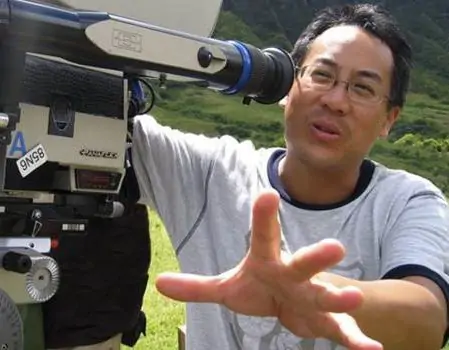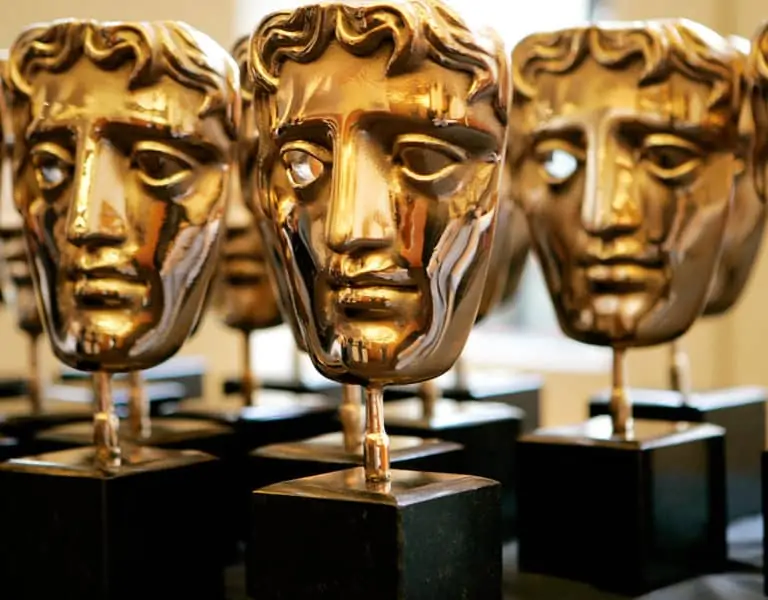Hunting Grounds
Larry Fong ASC / The Predator
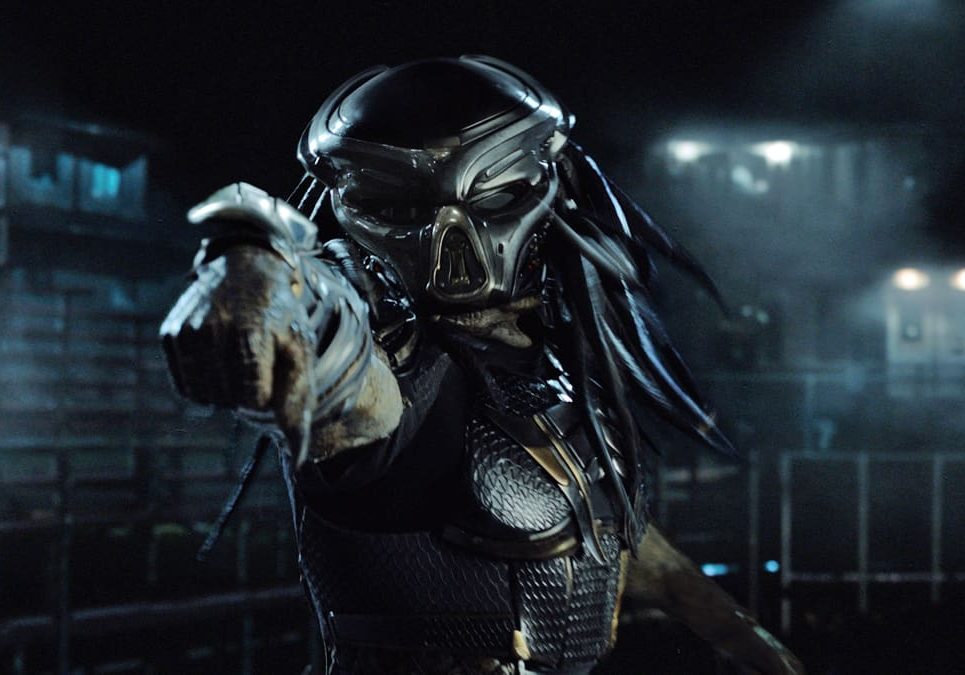
Hunting Grounds
Larry Fong ASC / The Predator
BY: Trevor Hogg
After encountering warring Spartans in 300, battling superheroes in Batman v Superman: Dawn of Justice, and raging monsters in Kong: Skull Island, Larry Fong ASC collaborated with filmmaker Shane Black (Kiss Kiss Bang Bang ) and cast members Boyd Holbrook, Trevante Rhodes, Jacob Tremblay, Keegan-Michael Key, Olivia Munn, Sterling K. Brown, Thomas Jane, and Alfie Allen to produce a new breed of galactic hunter for The Predator (2018).
“I’d have to say that a lot of my past projects have been very visual, which of course is a cinematographer’s dream. But as I began to get to know Shane and explore what his vision of The Predator was, I realized that although the visuals were important, they weren’t nearly as important as the story and the characters. And by the way, one might think I’d be disappointed, but that’s not true. The visuals serve the story and the director’s vision; that’s cinematography 101. It’s always a challenge finding the sweet spot of what the look should be.”
Black appreciated the ability of Fong to listen and figure out what feeling he was going for and described him as a Pablo Picasso with the lighting, which has a mysterious and moody quality. The goal was to make a war movie that happened to be against Predators, rather than a science fiction green screen movie that happened to feature soldiers. “My process is to ask a lot of questions, and listen carefully to the answers. Shane’s responses were articulate and precise, but almost always from an emotional or conceptual point of view – not in technical terms or specifying equipment, for example. He used a lot of analogies and stories, and quite often jokes, to make a point; that made it really fun to collaborate.”
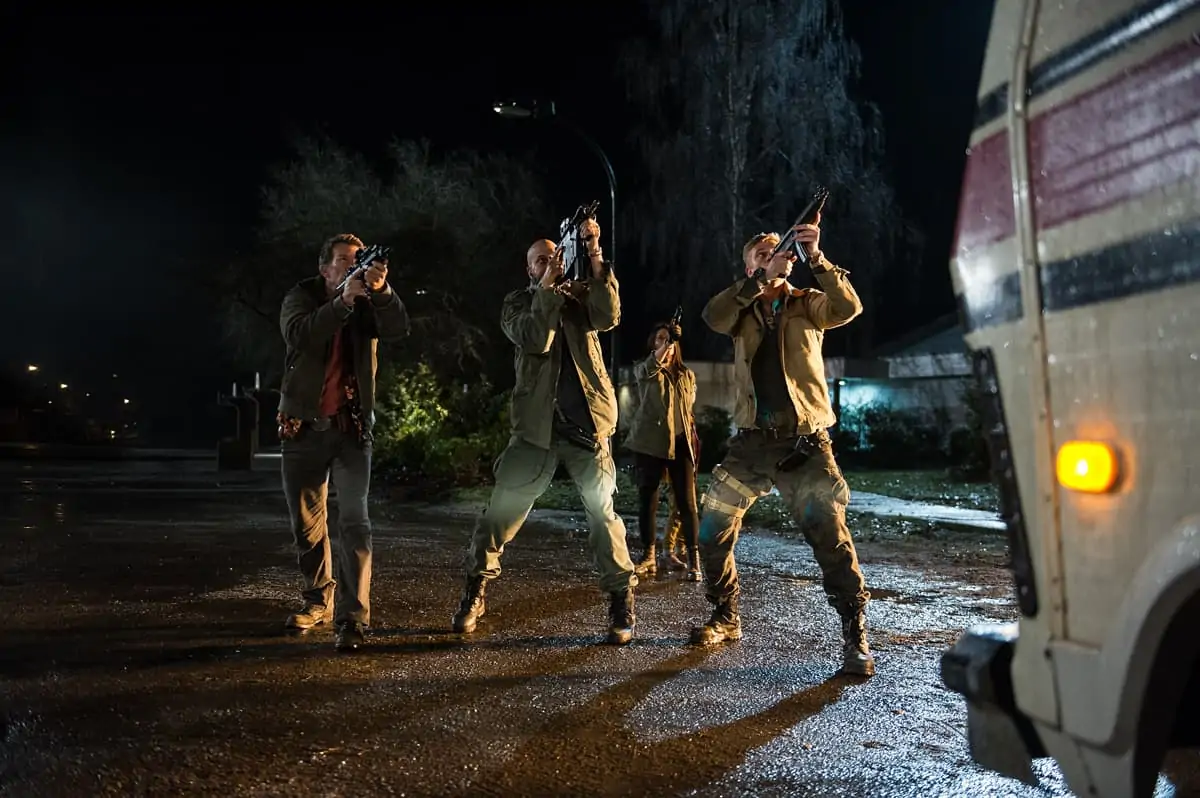
The native of Los Angeles joined the project on November 21, 2016 with principal photography commencing in Vancouver on February 20, 2017 and initially wrapping on June 2, 2017. However, an extensive reshoot of the third act took place on July 6, 2018 which saw the action switched from a daytime to a nighttime setting. “I believe there were 90 or so days of photography in total and my prep was 8 or 9 weeks”, states Fong. “Vancouver is a very versatile city. The only problem was simulating the Mexican desert. Then someone decided the sequence could take place at night, and that pretty much solved that problem!” Quite a bit of studio work was conducted. “Our sets were all at Mammoth Stages in Burnaby, British Columbia. The laboratory, the spaceship interior and exterior, the swamp, the cantina and Rory’s basement were all on stage, as well as various green screen situations.”
Extensive concept art was developed in advance of Fong commencing preproduction. “I had worked with the production designer, Martin Whist, previously on Super 8 so it was great to reconnect, and I was on board with his ideas quickly. Not surprisingly, this type of movie requires lots of storyboards, and they lined the hallways of the production office. Also, a lot of previs. It’s easy to become overwhelmed by all the material but the assistant director, Justin Mueller, luckily had everything digitized, so he and I shared a Dropbox folder which we could access at any time on our iPads.” The trademark heat vision of the Predators was achieved through visual effects. “Needless to say, there were numerous green screen situations. Quite a bit of interactive lighting as well, from LEDs, explosions, and whatnot. Constant communication with our VFX supervisors, Jonathan Rothbart and Matt Sloane, helped things along. I love visual effects, so I don’t have a problem constantly picking their brains and trying to solve problems.”
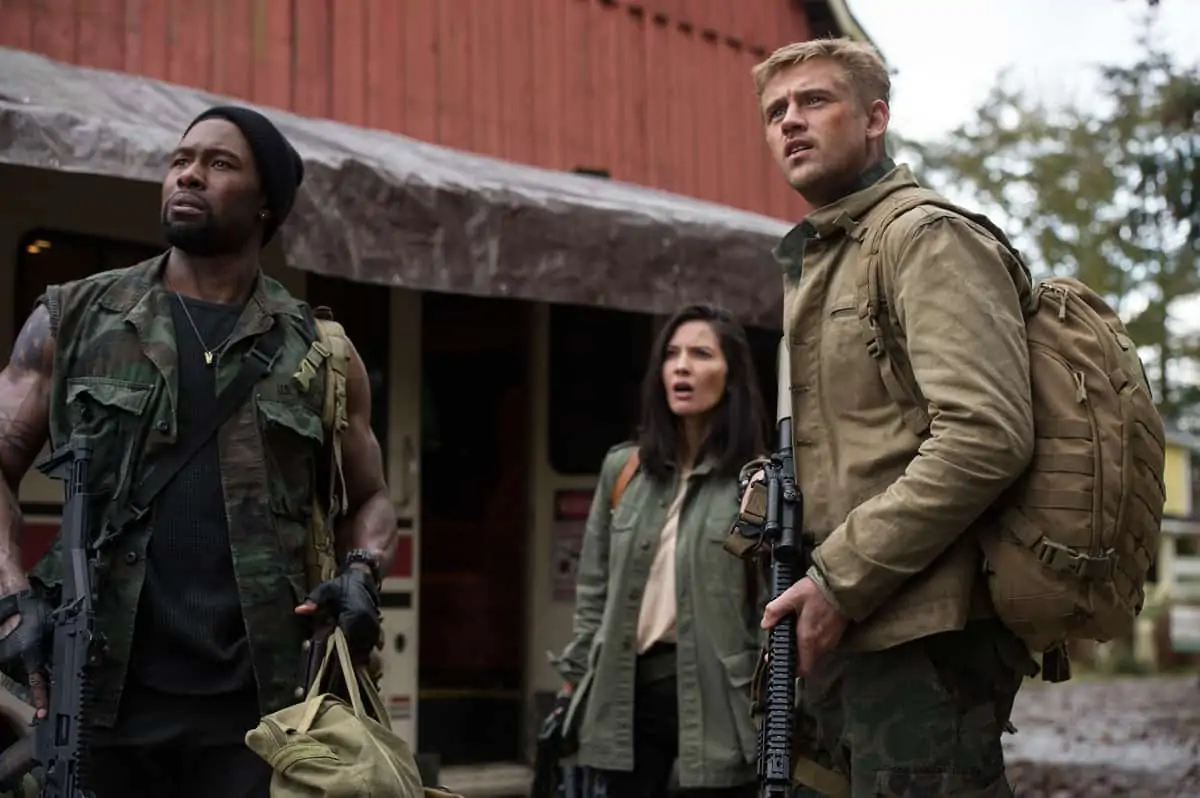
Even after 31 years of being released and four other instalments being made, the original in which Shane Black was the first victim of the alien hunter served as the primary visual resource. “I decided to reference only the first Predator film, which, as I’m sure you know, holds up tremendously,” reveals Fong. “True, it took place in a hot jungle whereas we were in cold, rainy, Vancouver with many sets and interiors as well as suburban locations, so not a lot of it translates directly, but Shane and I agreed that simplicity and rawness were the key. We didn’t want the lighting and camera movement to overpower the story. This is also probably one of the reasons why I decided to shoot spherical, not anamorphic. When I asked Shane if he was okay with this, he asked why I wanted to do so. At the time, I wasn’t sure, and said so. Shane answered, ‘I trust you, if that’s what you think is right.’”
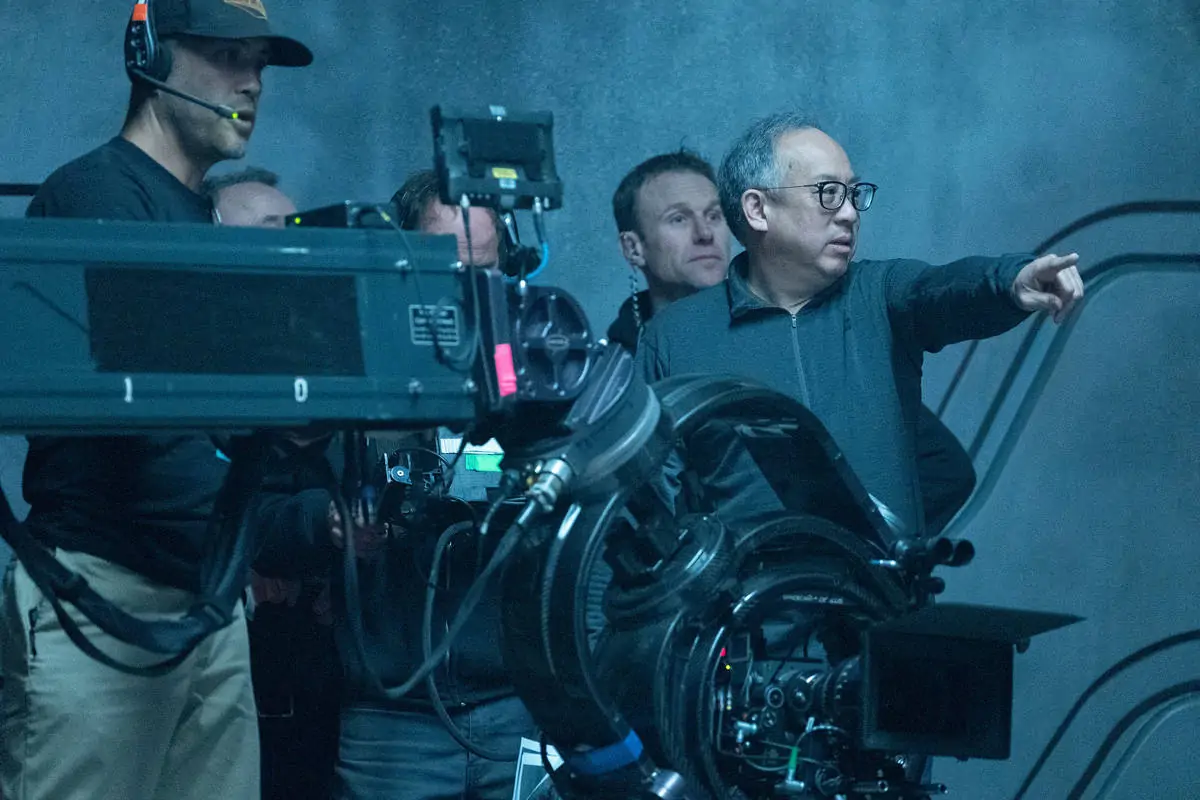
"My process is to ask a lot of questions, and listen carefully to the answers. Shane (Black)’s responses were articulate and precise, but almost always from an emotional or conceptual point of view – not in technical terms or specifying equipment. He used a lot of analogies and stories, and quite often jokes, to make a point; that made it really fun to collaborate."
- Larry Fong ASC
Primarily two cameras were used to get the required coverage. “We had various Alexa bodies, both XT and Minis, and shot with Panavision Primo lenses from Panavision Woodland Hills. Lighting and grip were provided locally,” remarks Fong who shot ARRIRAW, Open Gate 3.4K and 2.39:1 aspect ratio. “We had the entire Panavision Primo set: 14.5 to 150mm plus short room and long zoom.” The lighting equipment consisted of standard tungstens, HMI’s and ARRI SkyPanels while key crew members were A cam operators Dean Heselden and Norbert Kaluza; B cam operators Sean Harding and Ian Seabrook; A cam first assistants Larry Portman and Dan Morrison; gaffers Stuart Haggerty and Mark Alexander; key grip Finn King and DIT Simon Jori. “Our A camera operator, Dean Heselden, was vital to our workflow as he worked with Shane and I to get our coverage quickly and efficiently. Our seasoned cast, too, was very collaborative.”
Critical was developing the proper lighting treatment for the Predator costume. “As always, testing, and more testing,” states Fong. “I experimented with both hard and soft light on the suits and prosthetics, and degrees of fill. My DIT, Simon Jori, discovered that the Predator’s iconic red laser beams were causing strange artifacts during these tests, and he modified our show LUT to better handle the colour.” No special units were used for the Predators, although they had LEDs rigged in their helmets. Clever and interesting lighting plots for the Stargazer lab and Predator ship were devised with gaffer Stuart Haggerty and key grip Finn King. “For Stargazer lab there was custom LED lighting through the entire structure and in a central circular ring-shaped practical constructed by art department as well as blue green ambience from the Sky Panels above. For the Predator ship we had a central row of Sky Panels with an aqua/cyan color through a half-tube-shaped diffusion panel. Also, Lekos were placed in the same central slot for selective area lighting and backlighting.”
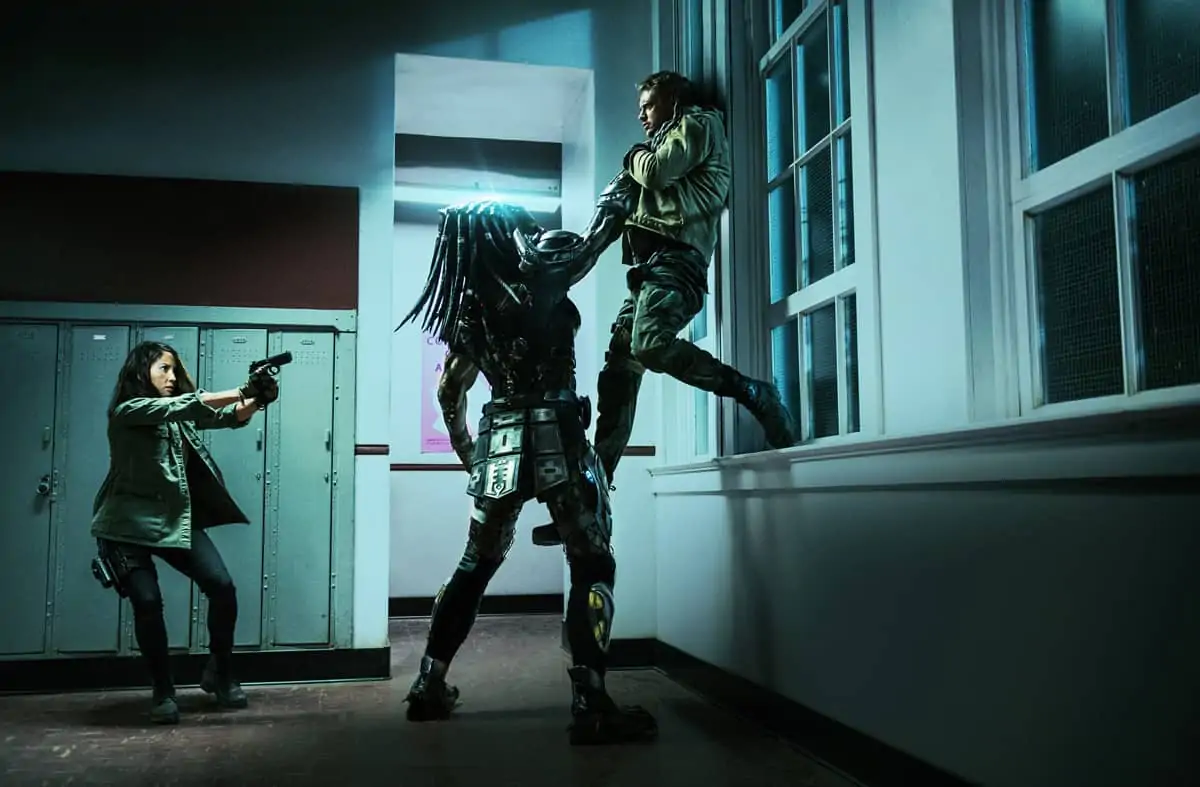
The final swamp scene was shot onstage, which made it possible to achieve the sunrise feel Shane Black and Martin Whist wanted for the sequence. “The swamp was extremely tricky and required a lot of brainstorming and experimentation,” states Fong. “The big challenge was creating the feel of a large, warm source of low angle ‘sun’ on the horizon - how then do you avoid seeing the light units themselves?” Grading took place at Fotokem with colourist Dave Cole making use of Lustre. “Colour schemes such as the aqua-green lab and swamp sunrise were there from the beginning. I came up with the colour and lighting strategy for the spaceship interior, again, after much testing. Although I naturally have a plan for every scene, there is always room for creative input from Dave Cole. To me the DI is such a great process of discovery. The icing on the cake.”
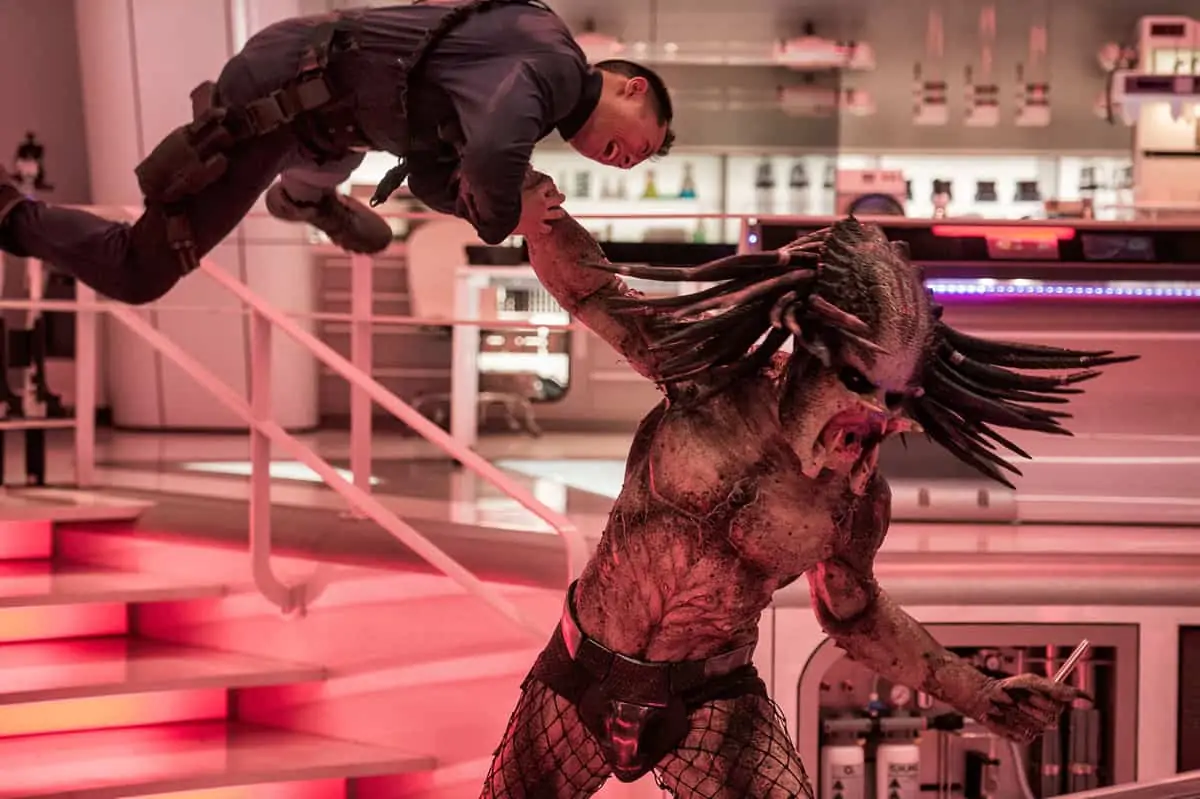
“Actually, there were so many challenges – so many interesting and unique sets, locations, and situations,” observes Fong. “One might not think of the night forest fight as one of them, but it was, simply because the forest was so dense and the closest roads [to place sources of ‘moonlight’] were too far away to do any good. After many scouts with my crew, and lots of meetings, we determined the only way to possibly light the area was to make a dirt road around the perimeter, where we could drive lifts to hold our main lights. To say this idea was met with opposition is an understatement. Fortunately, everyone involved eventually realized we could never make our days – and perhaps not even obtain an image – if this plan was not implemented.” The effort was worth it, as the American cinematographer cannot wait for audience members to see the sequence on the big screen. “It was so much fun to revisit an iconic film and to work with an iconic director.”

